How To Do Content Marketing (A Complete Guide)
By
Word Sorcerer
In 2024, content marketing remains a top strategy for businesses to connect with customers. But it's crucial to stay on top of the ever-changing content marketing landscape.
It's important to know what content marketing is and how it works. Why is content marketing important? Because it helps businesses reach and engage with their desired audience. Whether it's blog posts, videos, or social media, great content always draws people in and keeps them interested.
What Types of Content are Popular in 2024?
Well, things like blog posts, videos, and social media updates are still big. But new formats like interactive content and podcasts are gaining attraction too. It's about finding what works best for your audience.
Now, how can you do better at content marketing? Start by looking at what's working and what's not. Maybe your blog posts get lots of views, but your videos don't. Focus on what's getting results and try to improve in areas where you're falling short.
Also, don't forget to keep up with trends. What's popular now might not be in a few months. Stay flexible and be willing to try new things.
In this guide, you'll learn all about content marketing in 2024. By understanding the benefits, knowing what types are popular, and following actionable tips, you'll be able to evaluate your efforts and make improvements where needed.
What is Content Marketing?
Content marketing is a way for businesses to attract, engage, and retain customers by creating and sharing valuable, relevant, and consistent content. Instead of directly promoting a product or service, content marketing focuses on providing helpful information, solving problems, or entertaining the audience.

Through various channels like websites, blogs, social media platforms, videos, podcasts, and more, businesses share content that educates, entertains, or inspires their target audience. The goal is to build trust, establish authority, and foster relationships with potential customers.
Content marketing aims to address the needs and interests of the audience, rather than pushing sales messages onto them. By delivering valuable content, businesses can attract and retain a loyal audience who may eventually become customers or advocates for the brand.
Overall, content marketing is about creating meaningful connections with your audience through valuable and relevant content, ultimately driving profitable customer action.
Different Types Of Content Used In Content Marketing
Marketers today use a wide array of content for marketing purposes. The type of content marketing depends on business strategy and target audience across various platforms.
Here are some of the most useful content that you can use:
- Blog Posts
- Social Media Posts
- Ebooks
- Email Marketing
- Videos
- Podcast Episodes
- Memes
- Case Studies
- Newsletter
A/B Testing with the aforementioned content leads to increased reach, website traffic, engagement, authority, brand awareness, and valuable feedback from your audience.
How Does Content Marketing Work
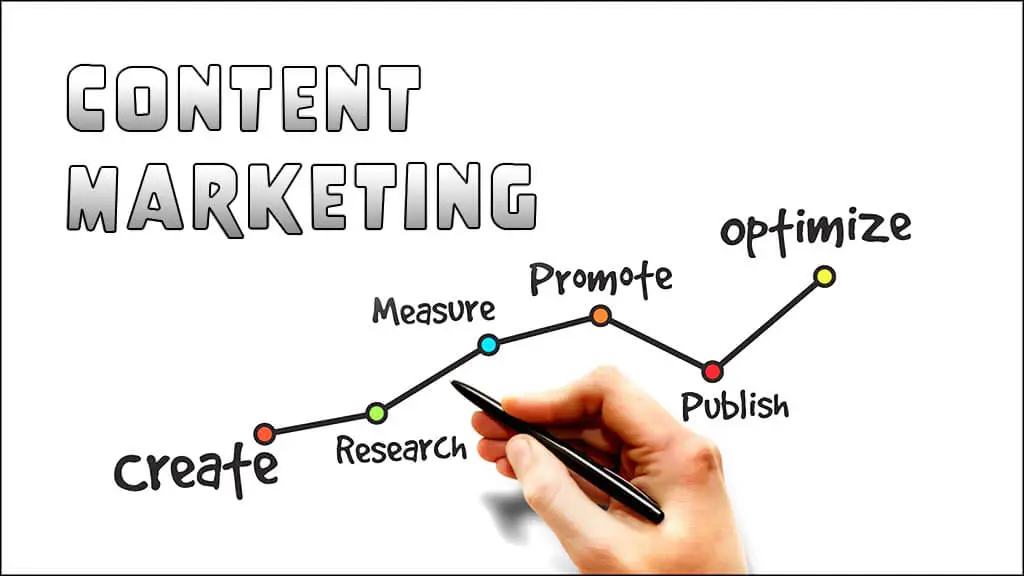
Imagine building relationships with potential customers without feeling salesy. That's the power of content marketing!
For businesses, content marketing works Instead of selling directly, creating interesting and informative content (like blog posts, videos, or social media updates) to attract customers.
Here's the basic idea how content marketing works:
- Pick A Topic: Opt for an interesting or helpful topic relevant to the brand or products (like delicious recipes for a restaurant or makeup tips for a cosmetics company).
- Create Awesome Content: Create fresh and interactive content that people enjoy like articles, videos, blogs, carousel, reels or infographics.
- Share It Around: Post it on your website, social media and send it out via email.
- People Get Interested: People viewing your content think, "Hey, this is cool! Maybe this company has other great stuff too!"
- Eventually They Buy: If the content is good and informative, people might eventually become customers.
The key is to create content that people want to see, not just stuffing products on their faces. It's about building trust and relationships with potential customers by showing you're an expert who cares about their interests.
Why Every Marketer Needs To Create a Content Marketing Strategy
For businesses, It's all about creating awesome content like (articles, videos, social media posts) that gets people interested in their brand, without feeling like they're being forced to buy something.
A content marketing plan helps a marketer meet his target. Having plans means everyone knows cooking. Instead of creating and posting random contents at random times, you'll have them ready and scheduled ahead of time. This leaves you with more time to talk to your community and engage with them.
Here's why marketers need a content marketing plan:
- Engage People: Great content is like a magnet, pulling in potential customers and fan following.
- Gain Trust: By creating helpful or entertaining content, the business gains credibility as an expert, someone people can trust.
- Increase Sales: When people know and like the business, they're more likely to consider buying from them later.
- Save Money: Content marketing can be a cheaper way to reach people, given that it follows through organic marketing strategies.
Basically, a content marketing plan helps you:
- Talk to the Right People: Figure out who you want to reach (like gamers for the video game) and make content they actually care about.
- Stay Focused: Don't waste time making stuff nobody wants to see.
- See What's Working: Track how well your content does and adjust your plan based on what gets the most likes and views.
How To Do Content Marketing in 5 Simple Steps
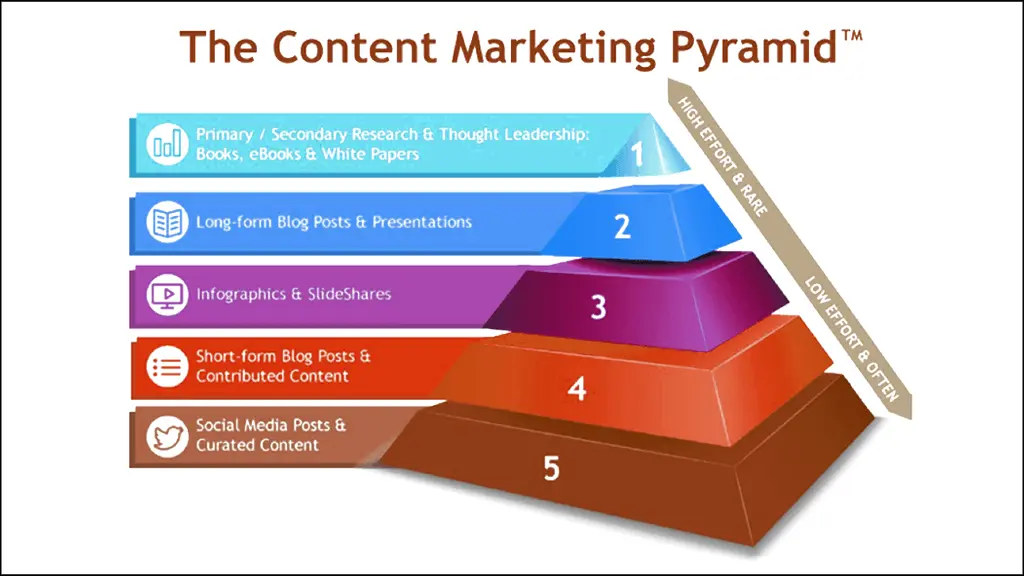
Many content marketing efforts fail because they don't have a good plan to attract the right audience and guide them through the buying process.
If you just start putting out content without thinking about where to put it, how to show your brand, and how each piece helps customers, you might not see good results.
Here's a simple way to make a good content marketing plan.
Step 1: Setting up Mission & Goals
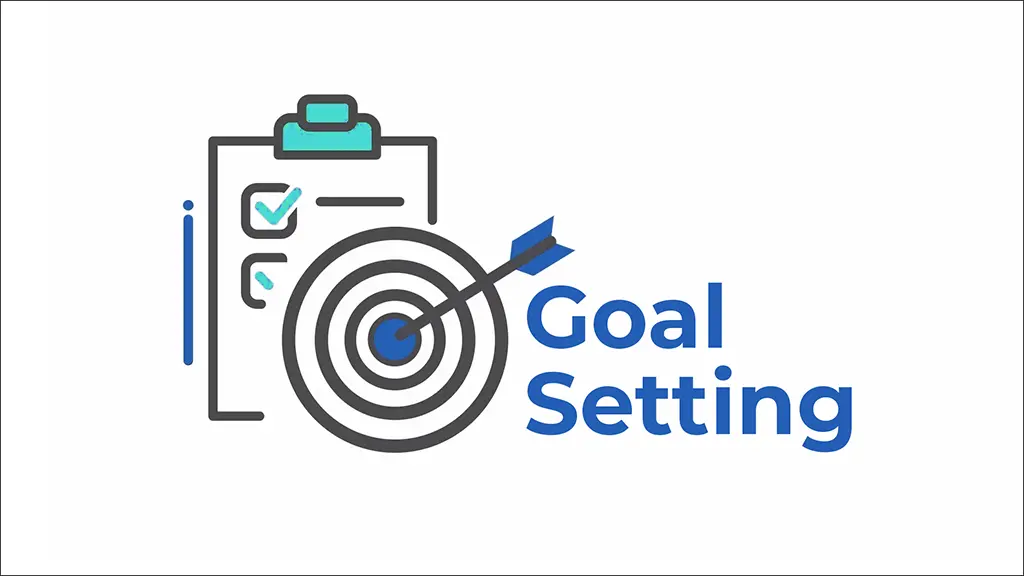
To start your content strategy, make a content marketing mission statement. This is a short statement that helps you know what's important in creating your content and what's not.
Your mission statement should say:
- Who you're trying to reach
- What kind of content you'll use to reach them
- What benefit they'll get from your content
Make sure your content marketing strategies align with your business goal alongside adding value to your desired audience.
Some typical business goals can be:
- Making more money from your content marketing
- Getting more sales and better leads
- Getting more people to visit your website
- Making your business look better, so people see you as a leader in your field
- Doing well in search engines, which brings more people to your site
Once you know your goals, you're ready for the next step.
Step 2: Define Your Target Audience
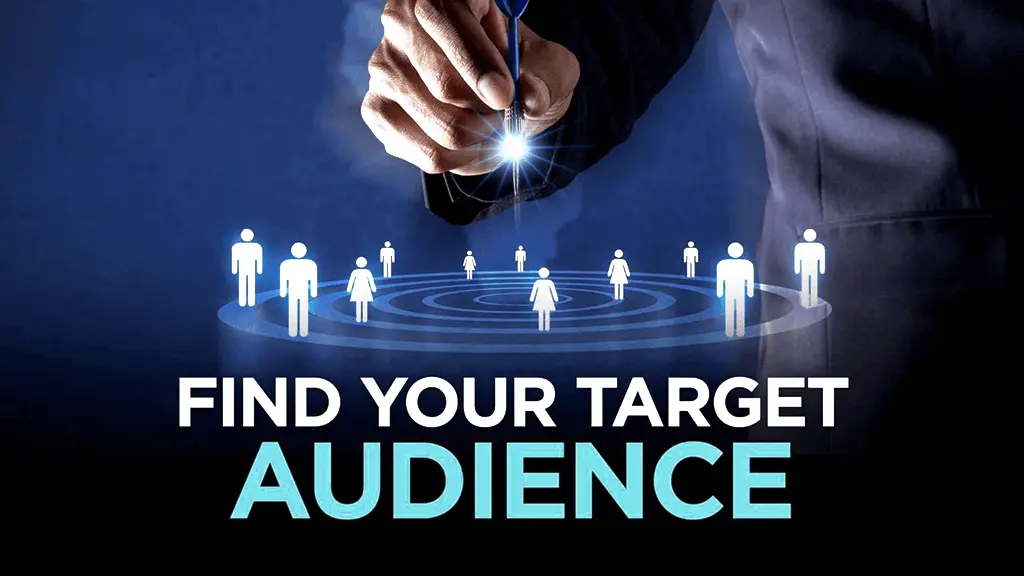
Content marketing only works if you attract the right customers. If not, you might not sell much, or you might get customers who aren't a good fit, leading to sunk costs and unhappy customers.
To find the right customers, ask yourself these questions:
- What job titles do our target audience generally belong to?
- What kind of company do they work for? How big is it, and what industry is it in?
- What problems do they have that our product or service can solve?
- How much do they already know about what we do? This helps you talk to them in the right way.
Once you know the answers, you'll understand your ideal customer better and know how to create content that they'll like.
Step 3: Choose The Right Form of Content
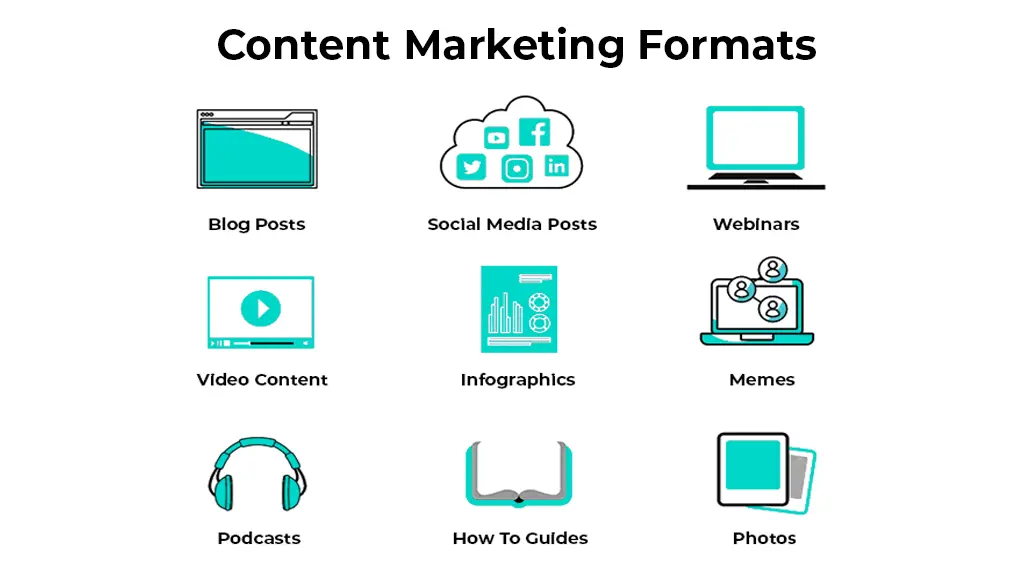
Think about what type of content your customers like to see. Some platforms are better for certain things.
For example, TikTok is great for selling beauty products, but not so much for hiring a lawyer. You can figure out which platforms work best by looking at what your competitors are doing.
- Focus on creating content that you can consistently produce.
- Don't feel pressured to make videos if it's not sustainable for you.
- Regularly publishing content is crucial for success.
- Once you determine your capabilities, plan content for various stages of the buyer journey.
You don't always need different types of content for each stage. For example, you can use blog posts for all stages. The important thing is to have a clear call to action at each stage to move people closer to buying.
Step 4: Generate Ideas & Establish a Brand Voice
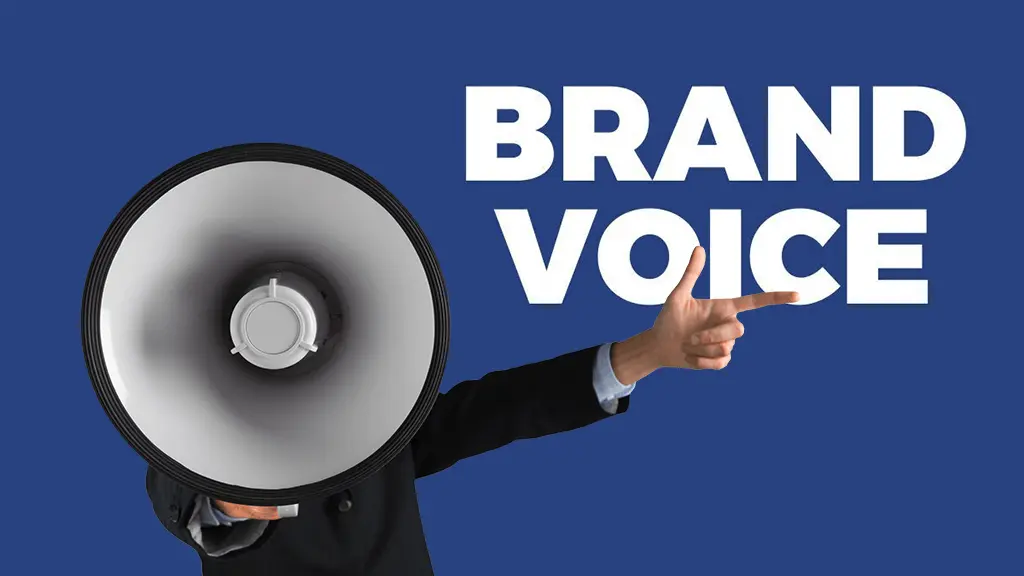
To create compelling content, understand your audience's challenges and offer solutions tailored to them. Differentiate your content by providing unique perspectives on common issues.
In a world of AI Generated Content, being a thought leader is crucial. Before publishing, ensure your ideas are original and your advice is truly valuable.
Consistently publishing content that's true to your brand and offers fresh insights helps you gain trust faster. People will see you as a leader in your industry.
Step 5: Create a Content Calendar & Measure Results
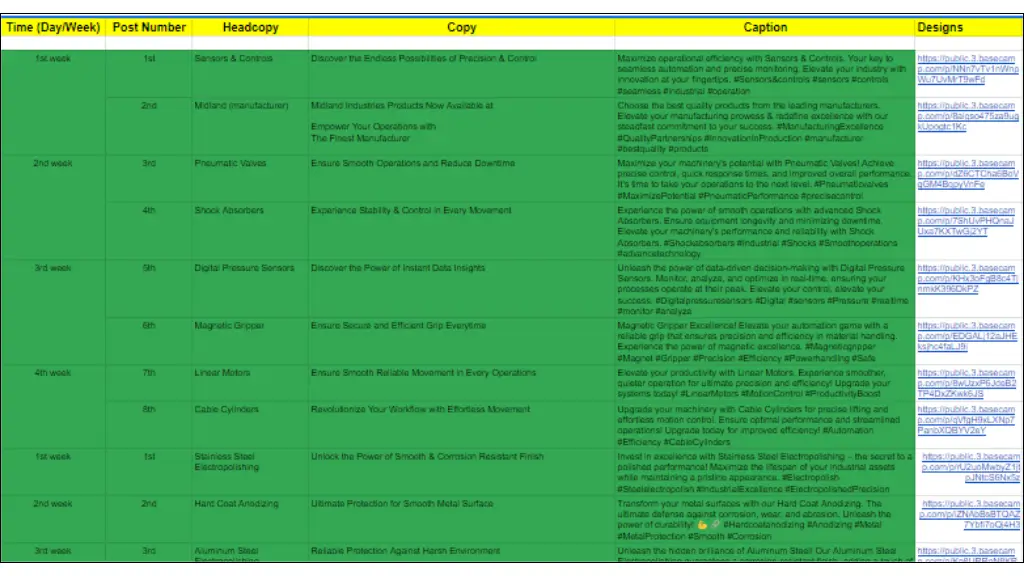
Many people give up too soon or don't publish regularly. This means your audience might forget about your content, and you'll have to start over.
However, you can fix this by using a simple content calendar and workflow. Start by using a project management tool or use google spreadsheet.
Break down each content campaign into tasks and assign them to your team with deadlines. This helps keep things consistent and organized.

The last step is to see how well your content is doing. Content marketing takes time to show results, so don't expect immediate success. You can, however, set metrics and assess them to see if you're on the right trajectory. Here's a few examples.
- Check if your sales team is getting better leads.
- See if more people are talking about your brand on social media, linking to your site, or searching for your brand online.
- Look at your website traffic to see if more people are visiting.
- Notice if your existing customers are sticking around longer and seem happier.
Also, keep an eye on specific campaigns to see what's working best. You can use tools like Google Analytics, SEMrush, or Ahrefs to track these things. This helps you figure out what content is doing well so you can make more of it.
5 Common Mistakes To Avoid in Content Marketing

If you are planning to create a content marketing strategy then you should know about the mistakes that most marketers avoid. Knowing about these mistakes can help you make a perfect content marketing strategy.
Mistake 1: Lack Of Consistency
When you're trying something new, like building an online presence, it's tempting to aim for perfection right away. But that can actually slow you down. It's normal to feel like you're not good enough, but don't let that stop you.
It's okay to make mistakes and learn along the way. Don't worry about being perfect from the start. Just keep going and improving as you go.
Mistake 2: Inconvenient Planning
Do you know why some people start sharing content online but then suddenly stop? It's because they try to copy trends or they get frustrated when they don't see quick results. But that's a wrong move. Consistency is super important.
If you're new to content marketing, don't just start posting randomly. Make a plan and stick to it. Try posting regularly for a while and use a checklist to make sure your content is hitting the right points.
This helps your audience know when to expect your posts and makes it easier for you to change your strategy later when you're ready to do more.
Mistake 3: Not Choosing Target Audience
One of the big mistakes content creators make is creating content for themselves, not for their ideal customers. When you plan your content, think about who you're trying to help, what problems they have, and what they need. This will help you create content that's right for them.
While it's important to be proud of what you make, remember it needs to be interesting to your target audience. If your content isn't engaging, it'll take longer for your business to grow and connect with customers. So, always keep your audience in mind when creating content.
Mistake 4: Missing A Clear Call To Action
Once you've followed a consistent content schedule and created content to solve your ideal client problems, it's time to promote it. Every piece of content you share should have a purpose. This means telling your audience how they can engage with your product or services.
Use a clear 'call to action', encouraging your audience to take action. This could mean directing them to download something or sign up for your service.
Remember, just telling someone what to do isn't enough. You have to make your call to action enticing and show the value you provide.
Mistake 5: Failing to be Organized
If you find it tough to organize your creative work, you're not alone. It's a common struggle. Start small by trying a couple of organization tips.
Use a scheduling tool to plan when you'll post content or use online storage to keep track of your files. You can also come up with a system for naming files or using colors to organize them. As your workload grows, look for ways to automate your organization tasks.
This helps you succeed not only in content marketing but in everything you do. And remember, avoiding mistakes is key to building your brand online.
The Future Of Content Marketing

The future of content marketing looks bright. As technology evolves, we'll see more personalized and interactive content. Video content will continue to be popular, along with shorter formats like TikTok videos.
Brands will focus on creating authentic connections with their audiences, using storytelling and user-generated content. Artificial intelligence will also play a bigger role in content creation and distribution, helping marketers target their audiences more effectively.
Overall, content marketing will keep growing and adapting to meet the changing needs of consumers.
Find Your Content Marketing Strategist
P. Cube Digital offers expert content marketing services designed to help businesses thrive in the digital landscape. Our team of strategists is dedicated to crafting compelling and effective content strategies tailored to your business goals.
From creating engaging blog posts and articles to managing social media campaigns and email marketing, we leverage the power of content to drive results for your business.
Partner with us to take your content marketing efforts to the next level and achieve long-term success online.
FAQs
What is content marketing, and why is it important for my
business?
Content marketing involves creating valuable content to attract and
engage your audience. It's important because it helps build brand awareness, credibility, and
relationships with customers.
How do I identify my target audience and create content that resonates
with them?
Research your audience to understand their interests and preferences.
Then, tailor your content to address their needs and provide solutions to their problems.
What types of content should I create for my content marketing
strategy?
Create a variety of content types such as blog posts, videos,
infographics, and social media posts to keep your audience engaged and interested.
How can I measure the effectiveness of my content marketing
efforts?
Track metrics like website traffic, engagement (likes, shares), and
conversion rates to gauge the success of your content marketing campaigns.
What are common mistakes to avoid in content
marketing?
Avoid lack of strategy, inconsistency, not understanding your
audience, poor quality content, and neglecting to promote your content. Focus on a clear
strategy, consistency, quality, and promotion to overcome these mistakes.
Table of Contents
- What is Content Marketing
- Different Types Of Content Used In Content Marketing
- How Does Content Marketing Work
- Why Every Marketer Needs To Create A Content Marketing Strategy
- How To Do Content Marketing in 5 Simple Steps
- 5 Common Mistakes To Avoid in Content Marketing
- The Future Of Content Marketing
- Find Your Content Marketing Strategist



